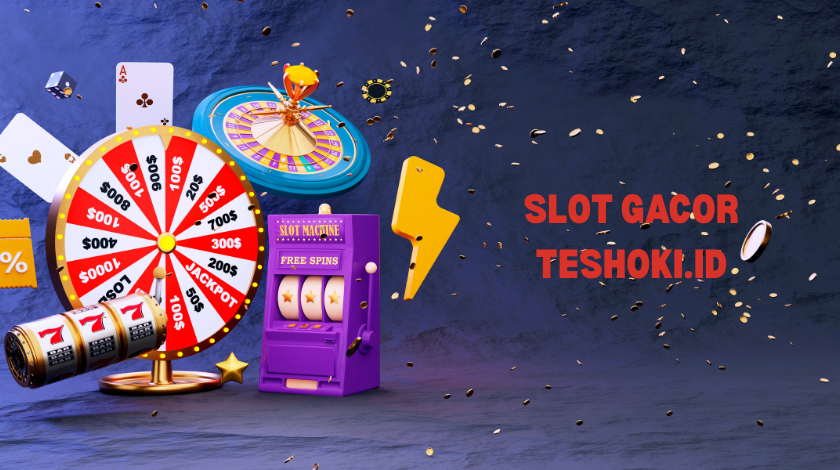Selling Tickets to Events During Inflation

With inflation on the rise, selling tickets for events such as concerts, shows, and festivals can be a challenge. Many people are hesitant to purchase tickets that may be more expensive than in years past. That said, there are still ways to sell tickets during inflationary times – and make sure that your event is successful! Let’s take a look at some of the strategies you can use.
Table of Contents
ToggleKnow Your Audience
Before you start selling tickets, it’s important to get a better understanding of your target audience. Knowing who they are, what they want, and why they would attend an event is key in marketing to them effectively. Once you have identified your target audience, you can create content that resonates with them and motivate them to buy tickets. For example, if your event features musicians from the 1980s, you might want to focus on nostalgia as a way to draw in fans from that era.
Create Value-Added Experiences
Another strategy for selling tickets during inflationary times is to offer value-added experiences. People don’t just want a ticket; they want an experience that will make their money worth spending. Consider offering VIP packages or special discounts for groups or individuals who purchase multiple tickets at once. You could also provide special perks such as early entry into the venue or exclusive access to backstage areas or special seating sections at the show. These types of offerings can help convince people that purchasing a ticket is worth the extra cost due to inflation.
Get Creative with Marketing Strategies
In addition to offering value-added experiences, it’s also important to get creative with the marketing strategies you use when trying to sell tickets during inflationary times. Utilizing social media platforms like Instagram and Twitter is one way to reach out directly to potential attendees and give them an incentive to buy tickets sooner rather than later. You can also create partnerships with influencers in order to spread word about your event far and wide among their followers (and potential ticket buyers). Additionally, consider partnering with local businesses or organizations who might be willing promote your event through their networks or provide discounts for their customers/members who plan on attending your event.
When it comes down it, there are several strategies you can use when trying sell tickets during inflationary times – but most importantly understanding your audience is key! Knowing who they are along with utilizing creative marketing strategies such as offering value-added experiences and leveraging influencers will help ensure success when selling tickets during this difficult time period! So go forth and get creative – good luck!
Mike Farrier possesses over 18 years of hands-on experience in software and web development, SEO, social media marketing, eCommerce, and digital marketing. He has been active in the online domain since 2019, serving as a seasoned SEO and digital marketing consultant.
Recommended For You
Spread the loveBathroom Wallpaper The Bathrooms- our home’s most fun-functional space often goes unnoticed while designing the house. However, this
Spread the loveWhen it comes to understanding temperature, Celsius and Fahrenheit are the two most commonly used scales around the world. The Celsius scale is primarily used in most countries, while the Fahrenheit scale is popular in the United States. If you’ve ever come across a temperature given in Celsius and wondered how it translates to Fahrenheit, you’re in the right place. This article will guide you through the process of converting 19 degrees Celsius to Fahrenheit, using simple formulas and steps. The Celsius Scale The Celsius scale, also known as the centigrade scale, is a metric system temperature scale based on the freezing and boiling points of water. On this scale, water freezes at 0 degrees Celsius and boils at 100 degrees Celsius under standard atmospheric conditions. This scale is widely used in scientific contexts and by most of the world for everyday temperature measurements. The Fahrenheit Scale The Fahrenheit scale, on the other hand, was developed by Daniel Gabriel Fahrenheit in the early 18th century. In this scale, the freezing point of water is 32 degrees Fahrenheit, and the boiling point is 212 degrees Fahrenheit. This scale is still commonly used in the United States for weather forecasts and some cooking measurements. The Formula for Conversion Converting temperatures between Celsius and Fahrenheit involves a specific formula. The formula to convert from Celsius to Fahrenheit is: [ \text{F} = \left( \text{C} \times \frac{9}{5} \right) + 32 ] Where: ( \text{F} ) represents the temperature in Fahrenheit ( \text{C} ) represents the temperature in Celsius By using this formula, you can easily convert any temperature from Celsius to Fahrenheit. Step-by-Step Conversion of 19 Degrees Celsius to Fahrenheit Let’s walk through the process of converting 19 degrees Celsius to Fahrenheit using the formula mentioned above. Step 1: Multiply by 9 First, take the temperature in Celsius (19 degrees) and multiply it by 9. [ 19 \times 9 = 171 ] Step 2: Divide by 5
Spread the loveIn the bustling streets of London, where competition is fierce and opportunities are abundant, businesses of all sizes
Browse by Category
- Travel
- Technology & Gadgets
- Sports & Games
- Software
- Shopping
- Reviews
- Real Estate
- Numerology
- News
- Make Money
- Lifestyle
- Law
- Home Improvement
- Health
- Gardening
- Games
- Finance
- Entertainment
- Education
- Digital Marketing
- Diet and Fitness
- Dating
- Construction
- Celebrity
- Career and Jobs
- Business
- blog
- Angel Number




